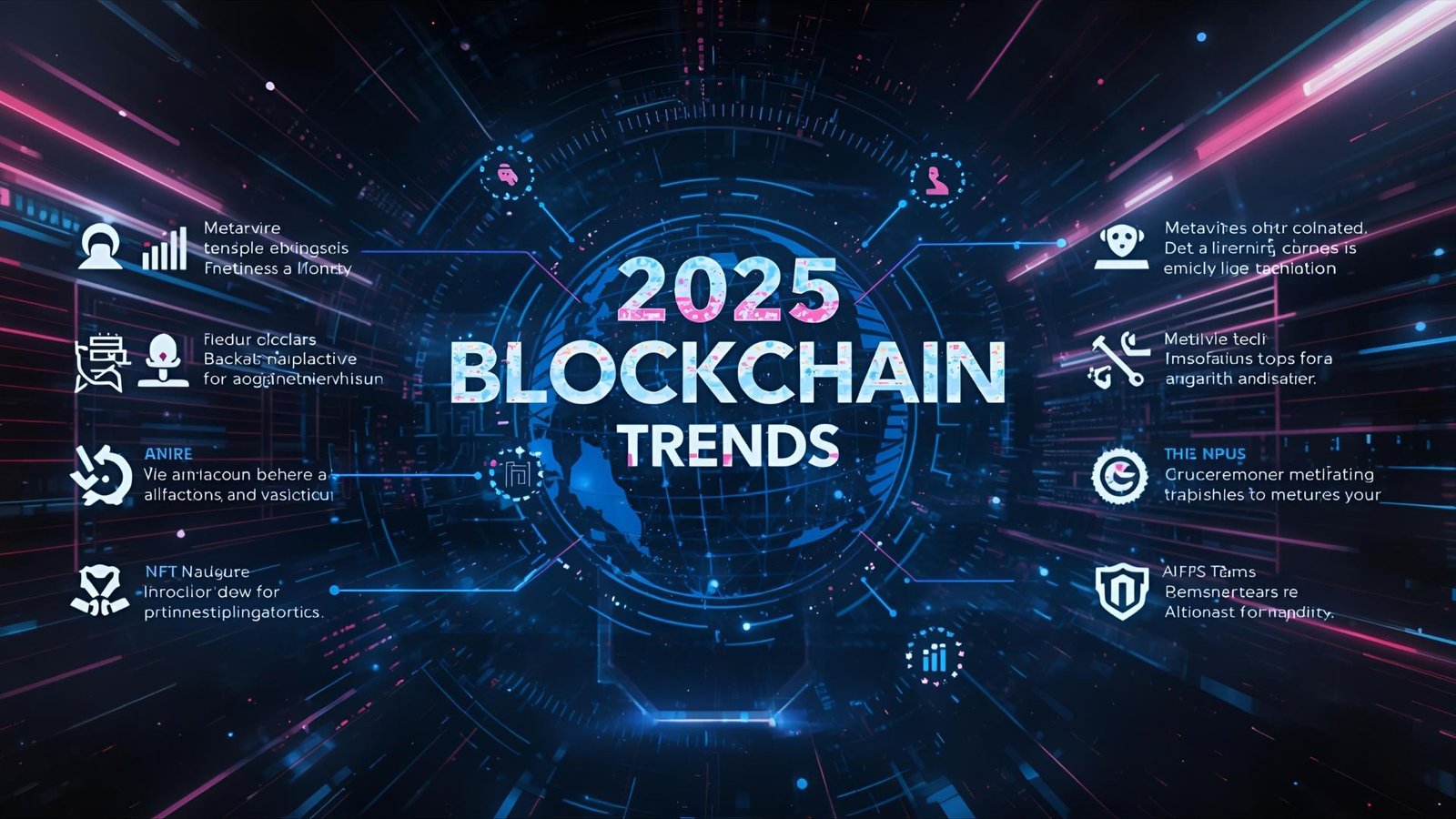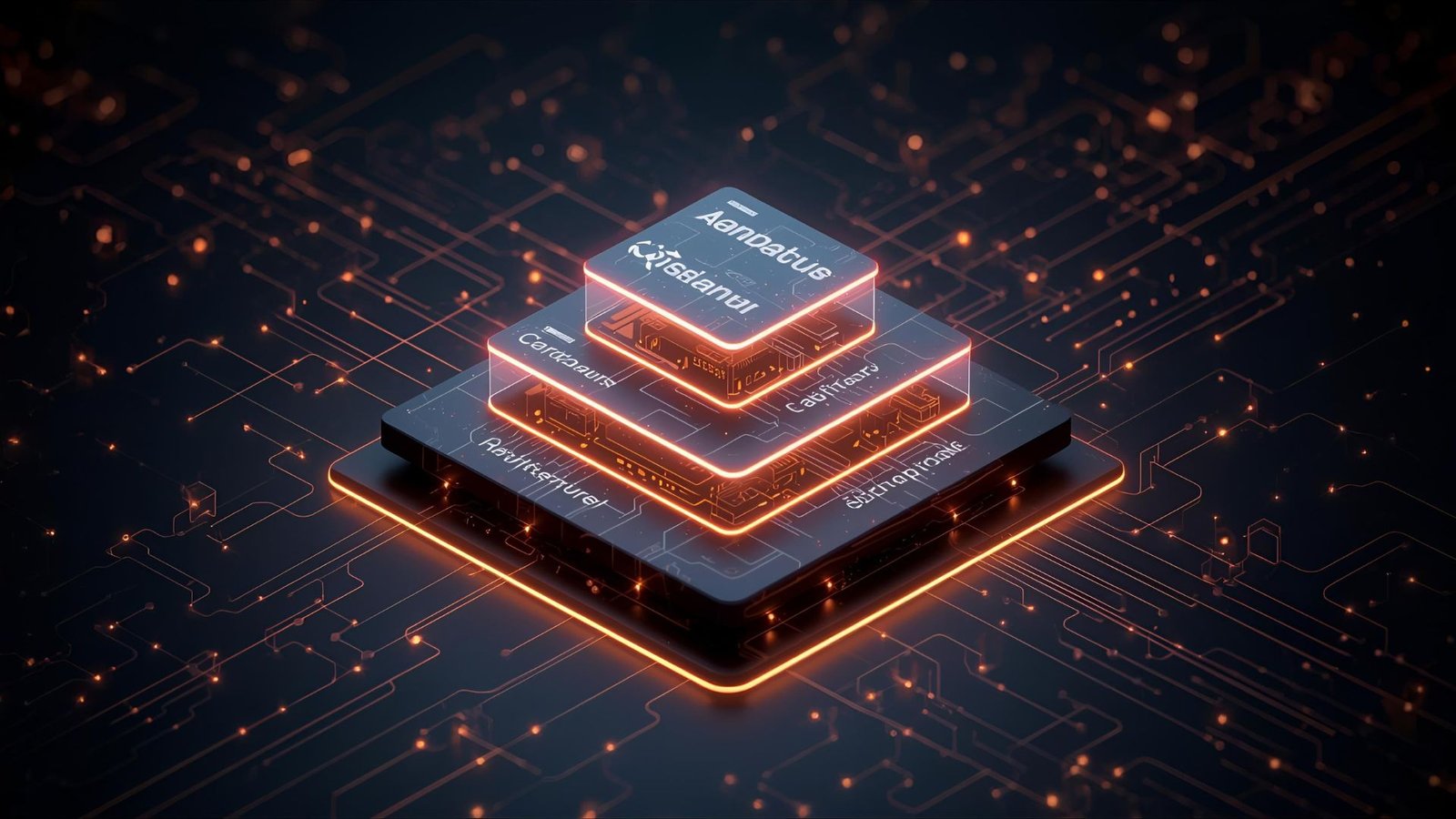The blockchain landscape has evolved dramatically, and choosing the best blockchain platform in 2025 isn’t just about following trends—it’s about making strategic decisions that could define your project’s success for years to come. With over $67 billion in blockchain market capitalization and institutional adoption reaching new heights, the stakes have never been higher.
Whether you’re a startup founder looking to build the next decentralized application, an enterprise seeking supply chain transparency, or a developer exploring Web3 opportunities, this comprehensive guide cuts through the noise. We’ve analyzed performance metrics, developer ecosystems, security features, and real-world implementations to bring you the five most revolutionary blockchain platforms poised to dominate 2025.
From Ethereum’s continued evolution to emerging powerhouses challenging the status quo, these platforms represent the cutting edge of distributed ledger technology. Each offers unique advantages, and understanding their strengths will help you make an informed decision that aligns with your specific needs and goals.
What Makes a Blockchain Platform “Revolutionary” in 2025?
Key Performance Indicators
Before diving into our top picks, it’s essential to understand what separates revolutionary platforms from the competition. The best blockchain platform must excel across multiple dimensions:
Technical Excellence:
- Throughput: Transactions per second (TPS) capabilities
- Scalability: Layer 2 solutions and sharding implementations
- Energy efficiency: Environmental sustainability metrics
- Security: Track record and consensus mechanisms
Developer Experience:
- Documentation quality: Comprehensive and updated resources
- Tool ecosystem: IDEs, frameworks, and debugging tools
- Community support: Active forums and developer assistance
- Learning curve: Accessibility for new developers
Economic Factors:
- Transaction costs: Gas fees and network economics
- Market adoption: Total value locked (TVL) and active users
- Enterprise partnerships: Real-world implementations
- Token economics: Sustainability and utility
2025 Market Trends Shaping Platform Selection
The blockchain industry has matured significantly, with several key trends influencing platform choice:
- Sustainability Focus: Environmental concerns drive preference for energy-efficient consensus mechanisms
- Interoperability: Cross-chain compatibility becomes non-negotiable
- Regulatory Compliance: Platforms with clear governance structures gain enterprise trust
- User Experience: Simplified onboarding and transaction processes
- AI Integration: Smart contracts enhanced with artificial intelligence capabilities

The 5 Revolutionary Blockchain Platforms of 2025
1. Ethereum 2.0: The Proven Pioneer
Why It’s Revolutionary: Ethereum’s successful transition to Proof-of-Stake has transformed it from an energy-intensive network to a sustainable powerhouse, reducing energy consumption by 99.95%.
Key Features and Advantages
Technical Specifications:
- Consensus: Proof-of-Stake (PoS)
- Transaction Speed: 15 TPS (base layer), 100,000+ TPS with Layer 2
- Block Time: 12 seconds
- Energy Efficiency: 99.95% reduction post-merge
Ecosystem Strengths:
- Largest developer community (over 4,000 active monthly developers)
- Most comprehensive DeFi ecosystem ($45+ billion TVL)
- Extensive Layer 2 solutions (Polygon, Arbitrum, Optimism)
- Robust smart contract functionality with Solidity
Real-World Applications
Ethereum continues to dominate several key sectors:
- DeFi: Uniswap, Aave, and Compound lead decentralized finance
- NFTs: OpenSea and other major marketplaces built on Ethereum
- Enterprise: JPMorgan’s JPM Coin and Microsoft’s blockchain initiatives
- Gaming: Axie Infinity and other blockchain games
Pros:
- Established ecosystem and network effects
- Strong institutional adoption
- Continuous development and upgrades
- Largest pool of developers and resources
Cons:
- Higher gas fees during network congestion
- Complex scaling solutions
- Legacy code complexity
2. Solana: The Speed Demon
Why It’s Revolutionary: Solana’s unique Proof-of-History consensus mechanism enables unprecedented transaction speeds while maintaining decentralization and security.
Key Features and Advantages
Technical Specifications:
- Consensus: Proof-of-History + Proof-of-Stake
- Transaction Speed: 65,000+ TPS
- Block Time: 400 milliseconds
- Transaction Cost: $0.00025 average
Ecosystem Highlights:
- Rust-based programming (memory-safe and performant)
- Growing DeFi ecosystem with Serum DEX
- Strong NFT marketplace presence
- Mobile-first Web3 initiatives
Performance Comparison Table
| Metric | Solana | Ethereum | Bitcoin |
|---|---|---|---|
| TPS | 65,000+ | 15 | 7 |
| Block Time | 400ms | 12s | 10min |
| Avg. Fee | $0.00025 | $2-50 | $1-30 |
| Energy Use | Low | Very Low | High |
Pros:
- Exceptional speed and low costs
- Developer-friendly Rust programming
- Strong venture capital backing
- Innovative consensus mechanism
Cons:
- Network outages in 2022-2023
- Smaller developer ecosystem
- Centralization concerns
3. Polygon: The Ethereum Enhancer
Why It’s Revolutionary: Polygon doesn’t compete with Ethereum—it enhances it, providing a multi-chain ecosystem that maintains Ethereum compatibility while solving scalability issues.
Key Features and Advantages
Technical Specifications:
- Consensus: Proof-of-Stake (Plasma + PoS Bridge)
- Transaction Speed: 7,000+ TPS
- Block Time: 2 seconds
- Ethereum Compatibility: 100%
Strategic Advantages:
- Seamless Ethereum integration
- Multiple scaling solutions (Plasma, zk-Rollups)
- Carbon-negative blockchain commitment
- Strong partnership ecosystem
Major Partnerships and Integrations
Enterprise Adoption:
- Meta (Facebook): Instagram NFT integration
- Stripe: Crypto payment processing
- Adobe: NFT marketplace development
- Shopify: E-commerce blockchain solutions
Pros:
- Full Ethereum compatibility
- Multiple scaling approaches
- Strong institutional partnerships
- Environmental sustainability focus
Cons:
- Dependent on Ethereum’s security model
- Bridge complexity for some users
- Competition from other Layer 2 solutions
4. Cardano: The Academic Approach
Why It’s Revolutionary: Cardano’s peer-reviewed development approach and formal verification methods set new standards for blockchain security and reliability.
Key Features and Advantages
Technical Specifications:
- Consensus: Ouroboros Proof-of-Stake
- Transaction Speed: 250+ TPS (current), 1,000+ TPS (planned)
- Block Time: 20 seconds
- Energy Efficiency: 99% more efficient than Bitcoin
Academic Foundation:
- Peer-reviewed research backs every update
- Formal verification for smart contracts
- Haskell programming language (functional programming)
- Layered architecture (Cardano Settlement Layer + Computation Layer)
Sustainability and Governance
Cardano leads in sustainable blockchain development:
Environmental Impact:
- Energy Consumption: 6 GWh annually (vs. Bitcoin’s 150+ TWh)
- Carbon Footprint: Minimal compared to PoW networks
- Sustainability Partnerships: IOHK environmental initiatives
Governance Model:
- Treasury system for funding development
- Voting mechanisms for protocol upgrades
- Decentralized improvement proposals (DIPs)
Pros:
- Scientific approach to development
- Exceptional energy efficiency
- Strong focus on developing world applications
- Formal verification capabilities
Cons:
- Slower development pace
- Limited DeFi ecosystem currently
- Complex programming model
5. Binance Smart Chain (BSC): The DeFi Powerhouse
Why It’s Revolutionary: BSC combines Ethereum compatibility with high performance and low costs, creating a thriving DeFi ecosystem that rivals Ethereum’s.
Key Features and Advantages
Technical Specifications:
- Consensus: Proof-of-Staked Authority (PoSA)
- Transaction Speed: 300+ TPS
- Block Time: 3 seconds
- Transaction Cost: $0.05-0.20 average
Ecosystem Strengths:
- Full Ethereum Virtual Machine (EVM) compatibility
- Largest centralized exchange backing (Binance)
- Thriving DeFi ecosystem (PancakeSwap, Venus)
- Cross-chain bridges and interoperability
DeFi Ecosystem Comparison
| Platform | TVL (Billions) | Major DEX | Top Lending |
|---|---|---|---|
| Ethereum | $45+ | Uniswap | Aave |
| BSC | $8+ | PancakeSwap | Venus |
| Solana | $2+ | Raydium | Solend |
| Polygon | $1.5+ | QuickSwap | Aave |
| Cardano | $0.1+ | SundaeSwap | Liqwid |
Pros:
- High performance and low costs
- Strong DeFi ecosystem
- Ethereum compatibility
- Binance ecosystem integration
Cons:
- Centralization concerns
- Dependent on Binance’s success
- Regulatory uncertainties
Choosing the Right Platform: Decision Framework
For Developers
Pick Ethereum if:
- You need maximum ecosystem support
- Security is paramount
- You’re building complex DeFi applications
- Long-term stability is crucial
Choose Solana if:
- Speed is your top priority
- You prefer Rust programming
- Building high-frequency trading apps
- Cost efficiency is critical
Select Polygon if:
- You want Ethereum benefits with better performance
- Need a gradual migration from Ethereum
- Environmental concerns are important
- Enterprise partnerships matter
For Enterprises
Consider These Factors:
- Regulatory compliance requirements
- Integration with existing systems
- Long-term technology roadmap
- Partner ecosystem alignment
- Risk tolerance and security needs
Cost-Benefit Analysis Table
| Platform | Development Cost | Transaction Cost | Time to Market | Ecosystem Support |
|---|---|---|---|---|
| Ethereum | High | Medium-High | Medium | Excellent |
| Solana | Medium | Very Low | Fast | Good |
| Polygon | Medium | Low | Fast | Very Good |
| Cardano | High | Low | Slow | Limited |
| BSC | Low | Low | Very Fast | Good |
Future Outlook: What’s Next for Blockchain Platforms?
2025-2026 Predictions
Technology Trends:
- Quantum Resistance: Platforms implementing post-quantum cryptography
- AI Integration: Smart contracts with machine learning capabilities
- Interoperability: Seamless cross-chain communication protocols
- Sustainability: Carbon-neutral or carbon-negative operations
Market Evolution:
- Institutional adoption is accelerating across all major platforms
- Regulatory clarity driving enterprise confidence
- User experience improvements, reducing technical barriers
- Integration with traditional financial systems
Platform-Specific Roadmaps
Ethereum:
- Sharding implementation for massive scalability
- Proto-danksharding for Layer 2 efficiency
- Account abstraction for better UX
Solana:
- Firedancer client for improved reliability
- Mobile Web3 ecosystem expansion
- Enterprise blockchain solutions
Polygon:
- Polygon 2.0 multi-chain architecture
- Zero-knowledge technology advancement
- Carbon-negative blockchain achievement
Conclusion
Selecting the best blockchain platform in 2025 isn’t about finding a one-size-fits-all solution—it’s about matching your specific needs with the right technological foundation. Each of these five revolutionary platforms offers unique advantages that cater to different use cases and priorities.
Ethereum remains the gold standard for developers seeking maximum ecosystem support and institutional trust. Solana leads in pure performance and cost-effectiveness. Polygon offers the best of both worlds for Ethereum-compatible applications that require improved scalability. Cardano offers unmatched scientific rigor for mission-critical applications. BSC delivers immediate access to thriving DeFi ecosystems with minimal friction.
Read more: Why Smart Investors Are Flocking to These 5 Bulletproof Bitcoin Exchanges Right Now

